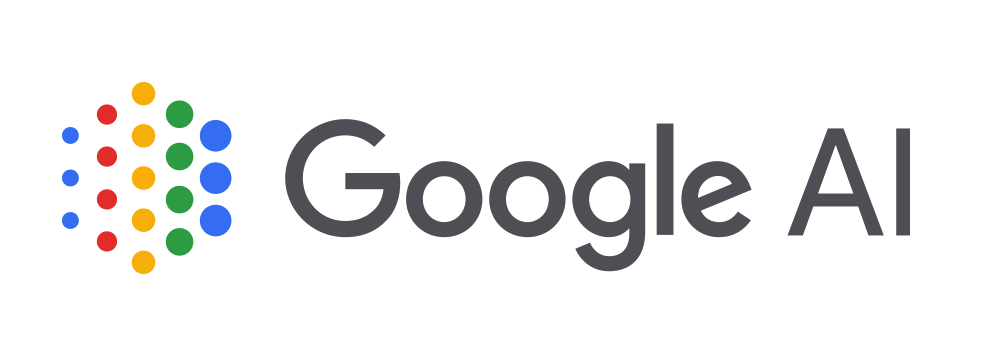What is AI Visibility for Perplexity?
AI Visibility for Perplexity is the discipline of ensuring your brand, research, and products are explicitly cited inside Perplexity’s answer panels — not just present somewhere on the web. Because Perplexity formats its responses as sourced, linked syntheses, the small set of URLs it chooses to cite become the new gateway to traffic, trust, and discovery. If Perplexity answers the question without you, you lose the click, the mention, and the mindshare.
Why it matters
1) Perplexity answers come before search behaviour
Users receive a reasoned, sourced answer immediately — and often never go on to “search”.
2) Citations are scarce and winner-takes-most
Perplexity typically surfaces only a short list of sources in the answer ribbon.
3) High-intent, buyer-mode queries dominate
People ask Perplexity for recommendations, comparisons, “best for X”, and workflows — not generic facts.
4) Authority bias is explicit, not implicit
Perplexity shows citations visibly; the credibility contest is transparent at the top of the funnel.
How AI Visibility works for Perplexity
1) Audit Perplexity’s sourcing in your category
Test the queries real buyers and researchers ask.
Record which domains Perplexity repeatedly cites.
Benchmark your absence relative to peers.
2) Engineer content for citation-readiness
Use extractable blocks: question-aligned H2/H3, lists, matrices, bullets, short rationales.
Include concise “bottom-line” summaries Perplexity can lift verbatim.
3) Accumulate authority in the sources Perplexity trusts
Secure mentions in Wikipedia, high-tier publishers, respected forums, and expert-led content hubs Perplexity frequently pulls from.
Strengthen bylines, credentials, and independent references (E-E-A-T signals).
4) Ship evergreen, category-defining answers
Own definitional and comparative formats:
“What is…”, “How does…”, “Best X for Y…”, “Compare A vs B…”.
5) Monitor output and close the gap continuously
Track which pages Perplexity cites.
Reverse-engineer recurring patterns in tone, structure, and evidence.
Iterate content and citation strategy to match those preferences.








